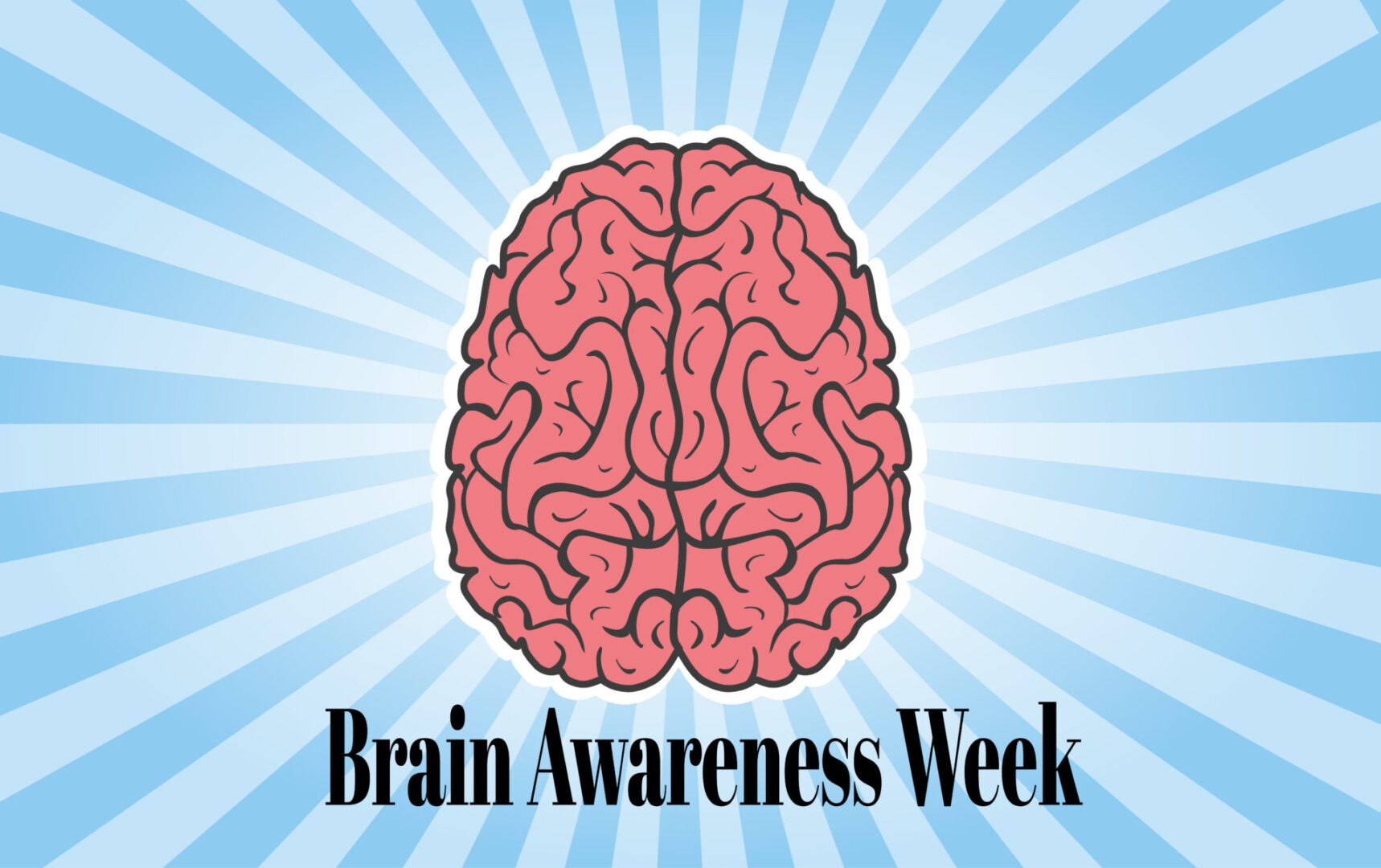Search by Color or Cause


Brain Awareness Week, occurring in March, is a celebration of both the complexity and mystery of the brain. During this week, focus is on a deeper understanding of the brain and nervous system. This includes developing effective therapies for all people with neurological disorders and stroke. Fulfilling these goals requires not only rigorous scientific research. It also includes sharing the exciting discoveries with the public. Please look at this recently produced brain awareness ribbon from Duke University.
We look to the silver pin to raise awareness about brain disabilities. The goal of Brain Awareness Week is to improve public awareness of the brain and enthusiasm for brain science. Brain Awareness Week and other neuroscience education events take place in person and virtually year round. There are also resources available for organizations and community members to host their own events.
Brain Awareness Week began 27 years ago, founded by the Dana Alliance for Brain Initiatives and the European Dana Alliance for the Brain. Its primary goal was to gather diverse perspectives in brain research from medicine, academia, advocacy groups, and government. They joined together in the pursuit of new preventions, treatments, and cures for neurological diseases and disorders. Since then, Brain Awareness Week has expanded into an international endeavor. The objective is to improve the public’s education about the brain and brain research. In addition, a recent population survey commissioned by Research America in partnership with the Dana Foundation found that Americans are optimistic and curious about brain health research and research priorities.
Among the key findings in the population survey commissioned by Research America in partnership with the Dana Foundation:
In addition to sharing their discoveries with the public as part of Brain Awareness Week, an important component of that outreach includes engaging people with lived experience of neurological disorders. This is one of the cross-cutting strategies outlined in the 2021-2026 NINDS Strategic Plan.
While Brain Awareness Week occurs during one week in March, we celebrate the spirit of brain awareness throughout the year. In addition to social media and in-person education efforts, another source, the National Institute of Neurological Disorders and Stroke strives to be a source of accurate and up to date information about neuroscience and brain health. Neuroscience teaching and learning resources, including the Brain Basics series and neuroscience activity videos, are available to the public on the Brain Education Resources page.
The NINDS Health Information page covers more than 400 neurological diseases and disorders. This empowers the public with information on existing preventions and treatments, as well as how to get involved in the research process by participating in clinical trials. You can also learn more about the work of National Institute of Neurological Disorders and Stroke by exploring the complex paths involved in the development of FDA-approved treatments for neurological diseases and disorders. This information is included on the NINDS Contributions to Approved Therapies page. Lastly, stay up to date on the latest scientific advances through NINDS news and press releases,
We look forward to celebrating the importance of brain science every year, all year long!